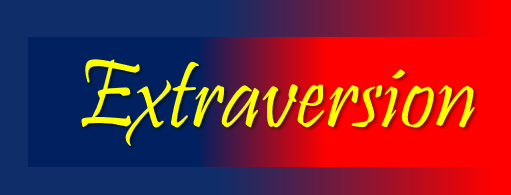
Founder Mode
“Founder Mode” was coined by Paul Graham of Y Combinator, referring to founders who remain deeply involved in their companies. This is in contrast to “Manager Mode” (characterized by structure, convention and functional specialists/managers) that typically accompanies growth.

Career Assessment: Making the Right Early Decisions and Mid-Flight Corrections
Careers develop from many decisions made over time. Some are made by default, and some are made by other people. The more of these decisions you can make, the more likely you’ll have a better outcome.

Selecting High-Potential Employees: The Four Foundations
A CEO was known to tell candidates that there were two reasons he’d fire them: if they wer

The Wrong People: The Dark Triad
Beware of the Dark Triad cluster of traits related to manipulative, antagonistic and socially undesirable behavior: Machiavellianism; Narcissism; and Psychopathy.

Credentials are Over-Rated: Hire for Skills
There is a critical shortage of people in the labor force with the right credentials, but businesses are using increasingly questionable credentials as barriers to entry. However, there is a clear and workable pathway out of this situation.

Cognitive Dissonance: Keys to Understanding Irrational Behavior
Cognitive dissonance is a phenomenon that has been extensively studied by social psychologists. It is widely recognized as a powerful force that influences human behavior and decision-making, often below our level of awareness. Cognitive dissonance is a normal and common human experience.

Quiet Quitting...Really? Here's a Better Strategy
Quiet quitting is a term to describe the strategy of just doing the bare minimum needed

Complexity
The trait of Complexity is one of the Big Five personality factors. It is sometimes known

The Trait of Agreeableness
Agreeableness is one of the Big Five personality factors. Agreeable people get along with others. They are warm and supportive. They don’t like conflict. They are approachable and easygoing. They are not inclined to be blunt, intense, abrupt or direct.

Behavioral Control: Conscientiousness
Behavioral Control is one of the major Big Five personality factors. It is often referred to as conscientiousness, and is a good predictor of successful performance in most jobs.

Emotional Reactivity
Of the five major personality factors, Emotional Reactivity is most closely associated wit

Extraversion
Extraversion is a well-researched primary personality factor. It reflects an orientation towards the external world of people, or toward the internal world of ideas and feelings.

Leading in Bad Times
Leaders in tough times need to help their players reframe their current situations and see things in a different light.

The Structure of Personality: The BIG FIVE
There is now a professional consensus that personality can be accurately described by five broad factors. The Five Factor Model, or Big Five, has evolved over fifty years through academic observation and scientific research.
How to Choose a Test for Your Applications
Any individual test or test battery needs to be meaningfully tied to the job. If you're using full scale intelligence tests for entry-level store clerks, you're asking for trouble. However, personality testing for managers or others in people-interface jobs makes sense.
eTest Background and Development
The eTest personality inventory was originally developed as a result of Management Psychology Group (MPG) client requests for an easy-to-administer, accessible, business‑relevant test to help in candidate selection and employee development.
Why Measure Personality for Business Purposes?
The results from a wide variety of well-designed research studies have shown very strong evidence that personality affects job performance and that the links between personality traits and job performance are even stronger than previously thought.
Avoiding Potential Problems: the Three Biggest Mistakes in Testing for Business Purposes
Proper test construction and validation relies on statistically rigorous processes and sophisticated quantitative analyses to help make predictions about behavior. Well-validated test batteries add significant accuracy to your predictions about success on the job.
About the eTest Scales: Underlying Structure of the Reports
The eTest scales include the personality dimensions as well as predictive scores based on real-world performance data.
Introduction Section
The introductory comments provide context for interpreting the report. The Interview Guide is written for hiring managers and HR professionals.
Targeted Interview Guide
Use these results to prepare for your interview with the candidate; review the job requirements; use the targeted interview probes (TIPs).
Personality Profile
This section presents the candidate’s raw scores for the Big Five personality factors and the three to four sub-scales, or facets, under each of the primary factors. (See the eTest Technical Manual for detailed information on each of these scales.)
Empirical Scales
These dimensions were developed by correlating elements of the eTest profiles with a large number of functional positions and performance evaluations.
The Interview Guide Overview and Context
eTest is a standardized personality inventory developed and validated by licensed psychologists. It is a reliable, valid and research-based assessment instrument that was developed for and normed on business people.